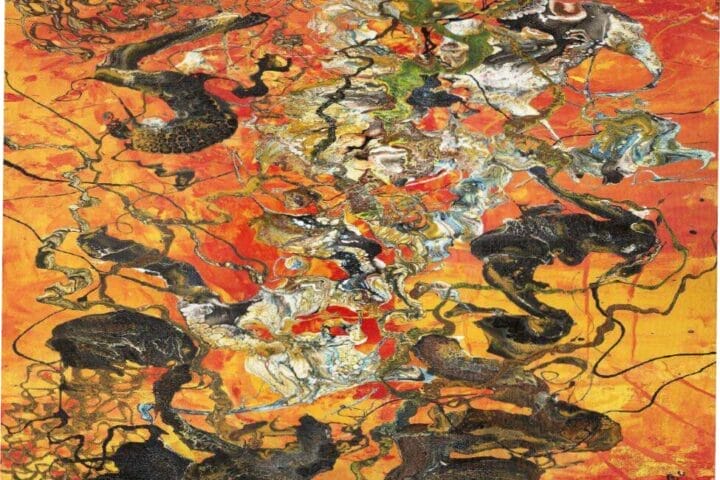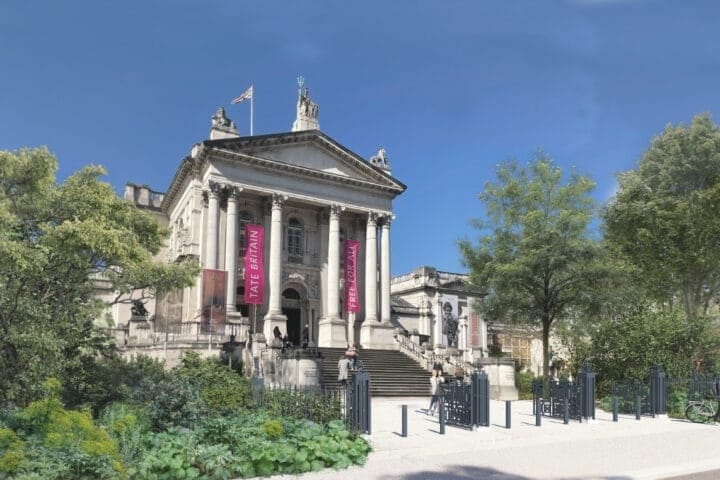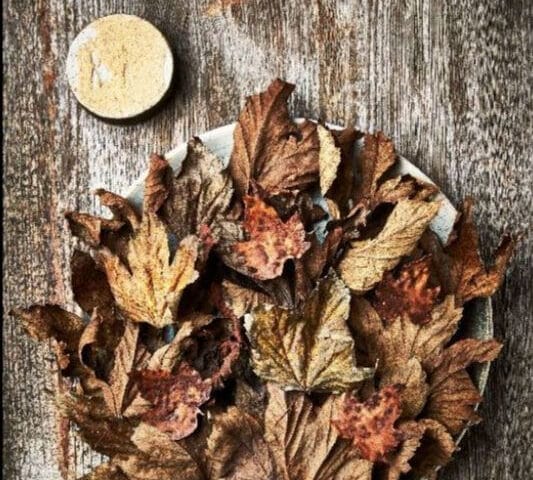Galerie Marian Goodman is pleased to present its first exhibition with Michaela Eichwald featuring new paintings and works on paper. hirnlose problemlösung gerade verworfen is the artist’s first solo presentation in Paris since her 2014 show at Palais de Tokyo. Eichwald, considered one of the most innovative artists of her generation, is known for her use of unconventional supports, particularly colored pleather, upon which she applies a variety of materials such as acrylic, oil paint, lacquer, shellac ink, spray paint or metallic markers. Describing her pictorial practice as “a fight between forms and materials,” based on experimentation, Eichwald deploys a unique language of abstraction that is often vaguely figurative and reminiscent of Expressionism. Eichwald’s artworks defy categorization: their subject matter, their materiality and palette have been known to challenge the viewers’ perceptions and expectations. The artist Albert Oehlen reflects here on her reinvention of painting:
“I’m not with it, sadly. Is painting dead at the moment, or is it alive again? Michaela Eichwald’s paintings give us a clear answer. For twenty years (????) she has given us the gift of an unending series of surprises. We keep asking ourselves, where did that come from?
I don’t understand her paintings at all, but it’s good that way. If you think artworks are bad, this is first of all because you understand them: I see, OK, who cares? But when I stand in front of a painting and wonder, How did she make that? Why did she make that? How did she get that idea? then it puts me in a state of euphoria.
Triumph comes to those who defy danger. Who are afraid of nothing. It’s a special advantage when the artist has no fear of getting close to other art. Originality doesn’t lie on the surface. It’s not about getting the last empty seat. We see picture elements that not too long ago were introduced as acts of formal boldness and now give their artists the flair of youthfulness until tedium sets in. Neon colors, comic strip elements, brand logos, and trashy materials will not produce another springtime.
There is no protection (reinsurance) through irony or references. Polke’s critique of the middle class, his jokey handling of disgusting materials has been understood and checked off. This is about something else.
It is the gesture (which I don’t want to explain here) with which Michaela Eichwald lets these parts go at each other, the self-assurance and generosity with which the artist employs them. The way she completely ignores studied painting techniques, her use of housepaint, shellac, and picture supports from 1-Euro shops don’t seem intended as a provocation. Instead, they attest that great, original paintings are not made by layering precious materials from the painting apothecary, but rather, through critical self-observation while experimenting on the canvas.
Catastrophes of painting are allowed to go at each other. Whatever is on the canvas is accepted or thrown away. “Accidental” forms, splattered down or made however else, are valued equally with structures of controlled painting and merge into them. Then it is no longer an accident, but the example of a painting that relies on nothing but the artist’s attentiveness and imagination.
Playing with the spirits of Gestalt perception and with the desire to see old friends again. “Oh, it’s a self-portrait! Or a bicycle?” It seems as if they should be abused as (chemical) experiments, with my brain. As if they were waiting to feed the viewer’s brain to the painting.
I am two oil paintings.
What will happen? I don’t know.”
— ALBERT OEHLEN, May 2023
Michaela Eichwald was born in Gummersbach, Germany, in 1967. In the late 1980s she studied philosophy, history, art history, and German philology in Cologne, where she also began her career as a visual artist during the 1990s. In 2012, she was awarded the Prix Lafayette. She lives and works in Berlin and teaches at the Akademie der bildenden Künste Wien in Austria. Her first writings were published in the 1990s and have been published in her personal blog, Uhutrust.com, since 2006.
Eichwald’s forthcoming institutional show will be presented at the Neue Galerie Gladbeck, Germany in August 2023.Over the last decade, her work was presented in solo exhibitions in many international institutions such as Kunsthalle Basel, Switzerland (2021-2022); Lenbachhaus, Munich, (2020); The Walker Art Center, Minneapolis, Minnesota (2020); Kunstverein Schwerin, Germany (2018); Palais de Tokyo, Paris (2014); Silberkuppe, Berlin (2013). Eichwald has also participated in numerous group shows such as You: Works from the Lafayette Anticipations Collection, Musée d’Art Moderne de la Ville de Paris (2019); Painting 2.0–Kunst im Informationszeitalter, Museum Moderner Kunst Stiftung Ludwig (MUMOK), Vienna, Austria (2016); Incorporated, La 5e Biennale de Rennes (2016); The Forever Now: Contemporary Painting in an Atemporal World, MoMA, New York (2014).
Galerie Marian Goodman
79 Rue du Temple, 75003 Paris, France









